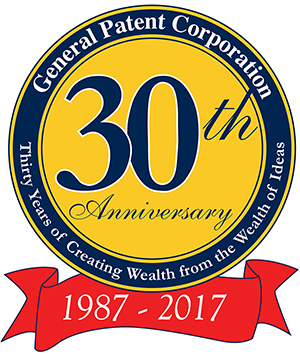 Patent licensing may come about in different ways, and patent licenses can be classified as exclusive or non-exclusive.
Patent licensing may come about in different ways, and patent licenses can be classified as exclusive or non-exclusive.
Patent Licenses
A patent grants its owner the right to exclude others from practicing the patented invention, and it does not give the patent owner the right to practice the patented invention. Licenses should be understood in this context.
- Exclusive license: Under an exclusive license, a patent owner transfers all indicia of ownership to the licensee only retaining the title to the patent. From the point of view of the patent owner, he surrenders all rights under the patent (including the right to sue for infringement and the right to license) to the licensee. In essence, the licensee steps into the shoes of the patent owner and acquires the right to sub-license the patent and sue for patent infringement. However, the exclusivity can be limited by a field of use. That means that the licensee gets a promise from the patent owner that the patent will not be licensed to anyone else in a stipulated field of use.
- Non-exclusive license: By granting a non-exclusive license, the patent owner essentially promises not to sue the licensee for patent infringement. Some people think that by acquiring a non-exclusive license the licensee acquires the freedom to operate in the space protected by the licensed patent, but this may or may not be the case. It depends on whether or not the licensee’s products infringe other patents.
Patent Licensing
One needs to look at patent licensing as either “carrot” or “stick” licenses as in the “carrot and stick” analogy.
- Carrot License. A carrot patent licensing approach is appropriate when the prospective licensee is not practicing the patented invention and is under no compulsion to take a license. The value proposition here is “my patent technology is better and by licensing it you will sell more products.” Or it may be “my patent technology is cheaper and by licensing it you will make more profit.” Convincing a prospective licensee to take a license is strictly a marketing exercise.
- Stick Licensing. On the other hand, a stick patent licensing approach is applied when the prospective licensee is already using your patent technology and, thereby, infringing your patent. The value proposition here is “take a license or else… (I will see you in court).” One needs to keep in mind that every “carrot” license is really a “stick” license in disguise. After all, if there were not the unspoken threat of litigation, who would ever license a patent? When a larger company agrees to license a patent, payment for the patent is usually a lump sum payment that includes past use of the patent (if applicable) and future use of the patent based on the estimated sales of the accused product over the remaining life of the patent.
More about Patent Licensing
For a more in-depth discussion of licensing see “Essentials of Licensing Intellectual Property” by Alexander Poltorak and Paul Lerner.


